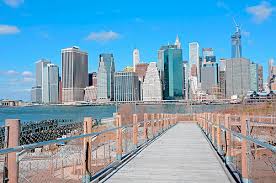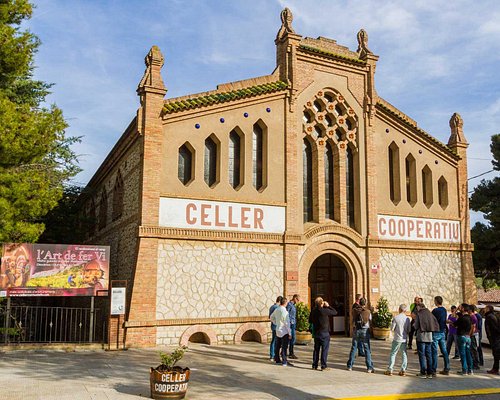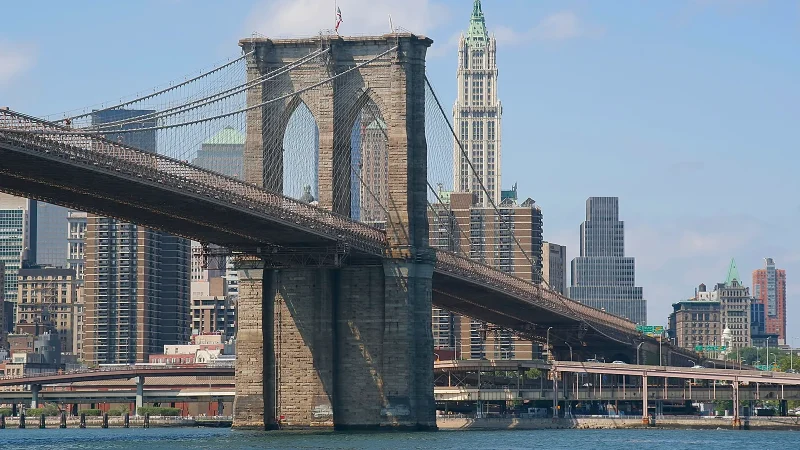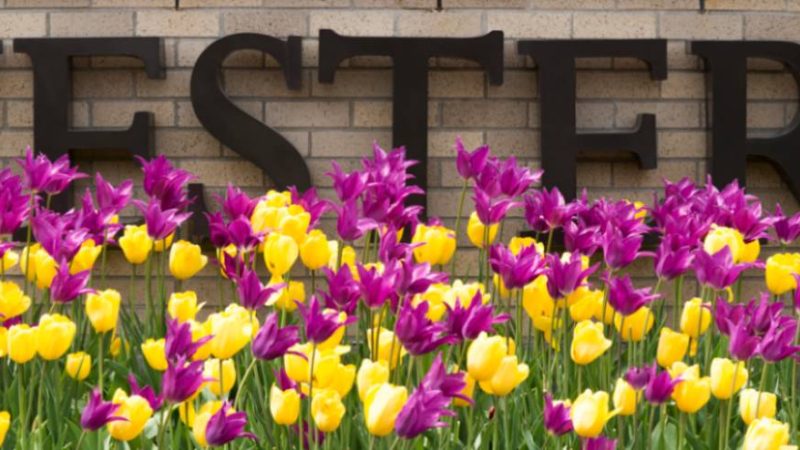: The Iconic Squibb Park Bridge: Connecting Brooklyn with Elegance and Scenic Views

Nestled in the heart of Brooklyn, New York, the Squibb Park Bridge stands as a testament to architectural brilliance, seamlessly blending functionality with aesthetics. This suspension bridge, spanning 396 feet, not only connects the neighborhoods of Brooklyn Heights and Brooklyn Bridge Park but also provides an enchanting experience for pedestrians seeking a leisurely stroll amidst breathtaking views. As a symbol of urban connectivity and design ingenuity, the Squibb Park Bridge has become an integral part of Brooklyn’s landscape.
Historical Context:
The Squibb Park Bridge, opened to the public in 2013, replaced an earlier structure that had succumbed to wear and tear. Named after Dr. Edward Robinson Squibb, a renowned 19th-century pharmaceutical entrepreneur, the bridge pays homage to the historical significance of the area. Dr. Squibb’s contributions to the field of medicine are commemorated by this modern marvel, which adds to the cultural richness of Brooklyn.
Architectural Marvel:
Designed by HNTB Architecture, the Squibb Park Bridge stands out for its innovative engineering and architectural elegance. The bridge’s unique design features a series of undulating curves and curves, resembling the spine of a serpent. This distinctive form not only enhances the bridge’s aesthetic appeal but also provides structural stability, allowing it to gracefully navigate the challenging terrain.
The bridge’s primary structure is made of steel, ensuring durability and longevity. The deck, constructed using sustainable tropical hardwood, adds warmth and a touch of nature to the urban environment. This combination of steel and wood not only contributes to the bridge’s aesthetic charm but also reflects a commitment to sustainability in contemporary architectural practices.
Scenic Views and Connectivity:
One of the most enchanting aspects of the Squibb Park Bridge is the panoramic view it offers of the New York City skyline, the East River, and the iconic Brooklyn Bridge. The bridge’s elevated position provides a unique vantage point, making it a popular destination for both locals and tourists seeking Instagram-worthy snapshots.
More than just a picturesque walkway, the Squibb Park Bridge serves a vital role in connecting two vibrant neighborhoods. Its strategic location links Brooklyn Heights, known for its historic brownstone architecture, with the lively and recreational Brooklyn Bridge Park. The bridge, therefore, acts as a symbolic link between the borough’s rich past and its dynamic present, fostering community engagement and promoting exploration.
Community Impact:
Since its opening, the Squibb Park Bridge has become a focal point for community activities and events. The pedestrian-friendly environment encourages social interactions, and the bridge serves as a gathering space for residents and visitors alike. Local businesses have flourished in its vicinity, benefitting from the increased foot traffic and the bridge’s status as a popular attraction.
Furthermore, the Squibb Park Bridge has played a crucial role in enhancing the overall accessibility of the area. By providing a direct and scenic route between Brooklyn Heights and Brooklyn Bridge Park, it has facilitated the flow of people and contributed to the economic vitality of both neighborhoods.
Challenges and Rehabilitation:
Despite its initial acclaim, the Squibb Park Bridge faced challenges in its early years. Shortly after its opening, concerns arose regarding its stability, leading to temporary closures for inspection and subsequent renovations. The suspension bridge underwent rehabilitation efforts to address these concerns, emphasizing the commitment to maintaining safety standards and preserving this architectural gem for future generations.
Conclusion:
The Squibb Park Bridge in Brooklyn stands as a testament to the resilience of urban infrastructure, seamlessly blending aesthetics with functionality. Its undulating curves, steel structure, and hardwood deck create a visually stunning experience for pedestrians, while its role in connecting diverse neighborhoods underscores its significance in fostering community engagement. As the Squibb Park Bridge continues to captivate residents and visitors alike, it remains an enduring symbol of Brooklyn’s rich history, architectural innovation, and commitment to sustainable urban development.
-
What is the Squibb Park Bridge, and where is it located?
The Squibb Park Bridge is a pedestrian suspension bridge located in Brooklyn, New York. It spans 396 feet and connects the neighborhoods of Brooklyn Heights and Brooklyn Bridge Park.
-
Why is it called the Squibb Park Bridge?
The bridge is named after Dr. Edward Robinson Squibb, a prominent 19th-century pharmaceutical entrepreneur. This nomenclature pays tribute to Dr. Squibb’s contributions to the field of medicine and adds historical significance to the structure.
-
When was the Squibb Park Bridge opened to the public?
The bridge was opened to the public in 2013, replacing an earlier structure that had deteriorated over time.
-
Who designed the Squibb Park Bridge?
The Squibb Park Bridge was designed by HNTB Architecture, known for its innovative engineering and architectural expertise.
-
What makes the Squibb Park Bridge architecturally unique?
The bridge’s unique design features undulating curves, resembling the spine of a serpent. This distinctive form enhances both the aesthetic appeal and structural stability of the bridge.
-
What materials were used in the construction of the Squibb Park Bridge?
The primary structure of the bridge is made of steel for durability. The deck is constructed using sustainable tropical hardwood, contributing to the bridge’s aesthetic charm and reflecting a commitment to sustainability.
-
What scenic views can be enjoyed from the Squibb Park Bridge?
The bridge offers panoramic views of the New York City skyline, the East River, and the iconic Brooklyn Bridge. Its elevated position provides a unique vantage point for photography enthusiasts and sightseers.
-
How does the Squibb Park Bridge contribute to community life?
The bridge serves as a vital link between Brooklyn Heights and Brooklyn Bridge Park, fostering community engagement and social interactions. It has become a popular gathering space for residents and visitors, promoting local businesses in its vicinity.
-
Has the Squibb Park Bridge faced any challenges since its opening?
Yes, the bridge faced concerns about its stability shortly after opening, leading to temporary closures for inspection and subsequent renovations. Rehabilitation efforts were undertaken to address these issues and ensure the safety of pedestrians.
-
Is the Squibb Park Bridge wheelchair accessible?
Yes, the Squibb Park Bridge is designed to be accessible to pedestrians, including those with mobility challenges. Its pedestrian-friendly environment accommodates a diverse range of visitors.
-
Are there any events or activities associated with the Squibb Park Bridge?
The bridge has become a focal point for community activities and events since its opening. Its scenic location and pedestrian-friendly atmosphere make it a popular destination for various gatherings and recreational activities.
-
How does the Squibb Park Bridge contribute to the economic vitality of the surrounding neighborhoods?
By enhancing accessibility and attracting increased foot traffic, the Squibb Park Bridge has contributed to the economic vitality of both Brooklyn Heights and Brooklyn Bridge Park. Local businesses in the vicinity have flourished as a result.
These frequently asked questions provide a comprehensive overview of the Squibb Park Bridge, covering its history, design, community impact, and accessibility.






